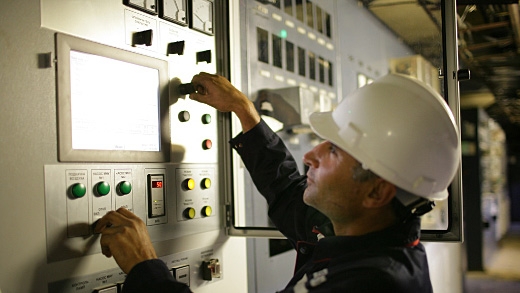World Bank Group Tajikistan Results - Facts in Brief
Improving the educational environment
- Around 9 million textbooks covering 100 key subjects for grades 1–11 delivered between 2002 and 2011, reducing shortages by more than 40 percent.
- Over 100,000 schoolchildren benefited from rehabilitation of 2,600 classrooms in 320 schools and provision of school equipment since 2002.
- Per capita financing rolled out countrywide since 2010, resulting in US$1.5 million in savings for improving schools and learning environments in 2010 only.
- Since 2000, qualification training for over 5,500 teachers provided.
Access to quality drinking water and better sanitation
Improvements in the municipal services have benefitted over 1 million people in Tajikistan. Particularly:
In 8 secondary towns:
- Water supply and sanitation services were improved in eight towns to connect 100,000 households to water through new and rehabilitated pipes, benefitting about 200,000 people
- Number of people with at least 16 hours of water supply a day almost doubled
- Access to regular solid waste management services has increased from 30% to 80% of the residents
For Dushanbe’s 800,000 residents:
- Better coagulation, sedimentation and disinfection of water has led to near elimination of “brown water” to customer taps, with 76% of surveyed customers reporting satisfaction with the quality
Providing better healthcare services
- Twenty percent of Primary Health Care network has been completely renovated
- Over 4,000 healthcare system workers have been provided with training to improve their skills in provision of primary health care services
- Introduction and implementation of partial per capita financing for primary health care in all 42 districts of Sughd and Khatlon regions.
- Distribution of food packages and micro-nutrient supplements to 50,000 pregnant and breastfeeding women during the food and fuel price increases crisis of 2008
- From early 2011 to end-2012, 46,000 children under the age of five and 85,000 pregnant and breast-feeding women in Khatlon received micro-nutrient supplements, and 40,000 breast-feeding women received vitamin A.
Protecting the poorest households
- The World Bank and European Union supported the Government of Tajikistan piloting a consolidated social assistance benefit to the poorest 20 % of the population.
- A study found that the pilot was more than twice as effective in identifying poor households than the standard government social assistance programs. The World Bank continues to support the government in expanding the pilot from two to an additional eight districts in 2013.

